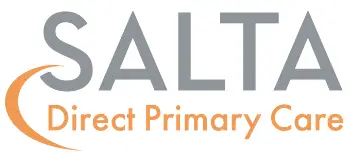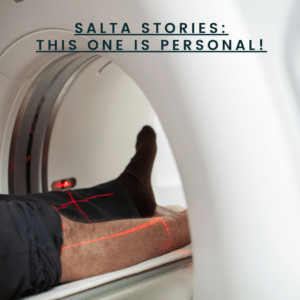SALTA accommodates up to 80% of a typical employee’s health care needs each year while an existing health insurance coverage plan is in place for the other 20% including the larger, more catastrophic needs.
Employers are committed to providing their employees with comprehensive health care coverage. Unfortunately, most health care is missing health caring, and this lack of caring makes it very difficult for employers to effectively manage health care cost.
Below is a table showing the differences of direct primary care versus traditional primary care. Attract and retain your employees with a benefit they will love. Join SALTA to see the benefits for yourself first! Instead of feeling like one in a thousand, your provider barely knowing you, or worse…waiting a half an hour to see the provider for only an average of 8 minutes…and then receive a large surprise bill! SALTA never has a wait over three minutes and your appointments start at a minimum of 30 minutes.
| SALTA Direct Primary Care | Traditional Primary Care |
| 500 patients per physician | 2500 patients per physician |
| 30 minutes or more per patient encounter | 8 minutes per patient encounter |
| 3 minutes or less in the waiting room | 17 minutes in the waiting room |
| 24/7 access | Access is 9-5 |
We dedicated to fixing this problem! SALTA Direct Primary Care is a care benefit that improves the quality, accessibility and experience of care for employees and can lower the overall cost. SALTA does not enter contracts with health insurance carriers – affording SALTA doctors the ability to focus on achieving a true patient-physician relationship without the barriers and limitations facing doctors in a traditional primary care setting.
Healthcare costs are continuously rising, and plans are providing less and less for employees. There is a better way to take care of your staff and your bottom line at the same time. It can be expected that those participating in the SALTA Direct Primary Care program will experience a reduction in health care cost by as much as 20%.




